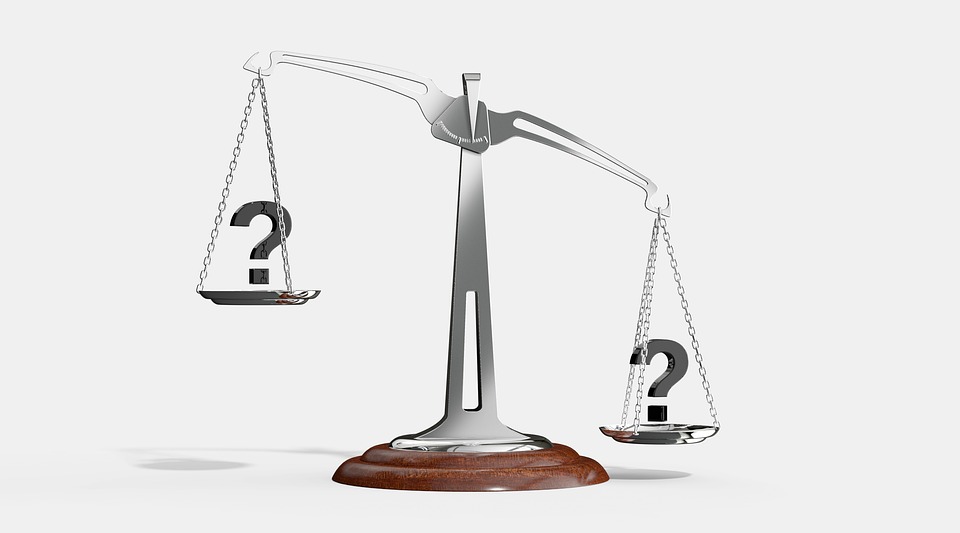Detailed Tech Comparisons for Informed Decisions: A Comprehensive Guide
In today’s fast-evolving technological landscape, making informed decisions when choosing tools, platforms, or systems is critical. Whether you’re a business leader selecting software for your organization, a developer picking a programming language, or a consumer buying a smartphone, the ability to compare technologies effectively can save time, money, and headaches. This article breaks down the key factors to evaluate, methodologies to use, and common scenarios where detailed tech comparisons are essential, helping you navigate complex choices with confidence.
Why Tech Comparisons Matter
Technology is not one-size-fits-all. Each solution has strengths, weaknesses, and trade-offs. Without a structured comparison, you risk:
- Overpaying for features you don’t need.
- Choosing a tool that lacks scalability or security.
- Ignoring compatibility issues with existing systems.
- Falling for marketing hype over real-world performance.
For example, a startup might opt for a low-cost cloud provider to save budget, only to later face limitations in scaling, while a corporation could invest in a proprietary enterprise software without considering open-source alternatives that might offer greater flexibility. Detailed comparisons help mitigate these risks by providing a clear, data-driven basis for decision-making.
Key Factors to Consider in Tech Comparisons
To ensure a balanced evaluation, focus on these critical areas:
1. Performance Metrics
- Speed: How fast does the technology handle tasks (e.g., processing time, latency)?
- Reliability: Uptime, error rates, or consistency under load (e.g., cloud services, servers).
- Scalability: Can it grow with your needs? For instance, a database system that supports millions of queries versus one designed for small-scale use.
- Efficiency: Resource utilization (CPU, memory, energy) and optimization for specific workloads.
Example: When comparing cloud providers like AWS, Azure, or Google Cloud, evaluate their compute instance performance, network latency, and auto-scaling capabilities.
2. Security and Compliance
- Data Protection: Encryption, authentication protocols, and vulnerability management.
- Regulatory Adherence: Does it meet standards like GDPR, HIPAA, or SOC 2?
- User Access Controls: Granular permissions and audit trails.
- Reputation: History of breaches or security certifications.
Example: Comparing cybersecurity tools (e.g., Norton vs. Kaspersky) requires analyzing their threat detection rates, real-time protection features, and cross-platform compatibility.
3. Cost and ROI
- Upfront Costs: Licensing fees, hardware, or setup expenses.
- Ongoing Costs: Maintenance, subscriptions, or updates.
- Total Cost of Ownership (TCO): Include training, support, and potential downtime.
- Return on Investment (ROI): How does the technology improve productivity, reduce risks, or drive revenue?
Example: When choosing between on-premise and cloud-based software, factor in infrastructure costs, management overhead, and long-term flexibility.
4. Compatibility and Integration
- Existing Ecosystem: Does it work with your current tools, APIs, or workflows?
- Cross-Platform Support: Is it available on multiple operating systems or devices?
- Vendor Lock-in: How easy is it to switch providers or migrate data?
Example: A business adopting a new CRM might compare Salesforce, HubSpot, and Zoho based on their integration with marketing tools, ERP systems, and third-party apps.
5. User Experience (UX) and Accessibility
- Ease of Use: Learning curve for users and administrators.
- Support and Documentation: Availability of tutorials, community forums, and customer service.
- Customization: Flexibility to tailor the technology to your workflow.
Example: Comparing mobile operating systems (iOS vs. Android) involves evaluating user interface design, app ecosystem, and device customization options.
6. Support and Community
- Vendor Support: Response time, SLAs, and technical assistance.
- Community Activity: Open-source projects with active forums or GitHub repositories.
- Update Frequency: How often does the technology receive patches or new features?
Example: When selecting a programming language (e.g., Python vs. JavaScript), consider community resources, library availability, and long-term maintenance.
7. Future-Proofing
- Roadmap: Does the vendor plan to evolve the technology?
- Adoption Trends: Is the tech gaining traction or becoming obsolete?
- Interoperability: Will it work with emerging technologies (e.g., AI, IoT)?
Example: Choosing between Intel and AMD processors involves assessing future architectural improvements, software optimization, and long-term support for new standards.
Methodologies for Effective Tech Comparisons
A structured approach ensures you don’t overlook critical details.
Step 1: Define Your Requirements
Start by listing your must-haves and nice-to-haves. For example:
- Must-have: Real-time collaboration, mobile access.
- Nice-to-have: AI-driven analytics, multi-language support.
Step 2: Gather Data
- Official Sources: Product websites, whitepapers, and documentation.
- Third-Party Reviews: Tech blogs (e.g., TechRadar, The Verge), or platforms like Gartner Peer Insights.
- User Feedback: Reddit, Quora, or industry forums for real-world experiences.
Step 3: Use an Evaluation Matrix
Create a table to score options against criteria. Example:
| Factor | Option A (e.g., AWS) | Option B (e.g., Azure) | Option C (e.g., Google Cloud) |
|---|---|---|---|
| Cost | 8/10 | 7/10 | 9/10 |
| Scalability | 9/10 | 8/10 | 10/10 |
| Security | 9/10 | 9/10 | 8/10 |
| UX | 7/10 | 8/10 | 7/10 |
Step 4: Test in Real-World Scenarios
- Pilot Programs: Run small-scale tests (e.g., trial periods for software).
- Benchmarking: Use tools like Geekbench for hardware or JMeter for server load testing.
- User Trials: Involve end-users to assess usability and adoption rates.
Step 5: Consult Experts and Stakeholders
- Engage IT teams, developers, or industry peers.
- Consider long-term implications (e.g., training costs, vendor stability).
Common Tech Comparison Scenarios
Below are examples of frequent tech comparisons and how to approach them:
1. Cloud Computing Platforms (AWS, Azure, Google Cloud)
- Key Metrics: Pricing models (pay-as-you-go vs. reserved instances), global infrastructure, specialized services (e.g., machine learning, storage solutions).
- Pro Tip: Use cost calculators from each provider to estimate expenses for your workload.
2. Programming Languages (Python vs. JavaScript vs. Rust)
- Performance: Rust excels in speed and memory safety; Python prioritizes readability and ease of use.
- Use Cases: JavaScript for web development; Python for data science; Rust for systems programming.
- Trade-offs: Community size vs. niche use, learning curve, and ecosystem support.
3. Smartphones (iPhone vs. Android Flagships)
- Hardware: Processor performance, camera quality, battery life.
- Ecosystem: App availability, software updates, and integration with other devices.
- Customization: Android offers more flexibility; iOS provides a unified experience.
4. IoT Devices (Smart Home Systems: Alexa vs. Google Home vs. HomeKit)
- Integration: Compatibility with third-party devices and ecosystems.
- Privacy: Data handling policies and security features.
- Voice Assistant Capabilities: Accuracy, language support, and AI intelligence.
5. Cybersecurity Tools (Firewalls, Antivirus, Endpoint Detection)
- Threat Coverage: Zero-day protection, ransomware detection, and phishing filters.
- Management: Centralized control panels vs. decentralized setups.
- False Positives: How often does the tool block legitimate activity?
Tools and Resources for Comparisons
- Comparison Websites: TechHive, CNET, or Gartner.
- Benchmarking Tools: Geekbench, PassMark, or SQLiteBenchmark.
- Forums and Communities: Stack Overflow, Reddit’s r/technology, or GitHub repositories.
- Vendor Demos: Request free trials or live walkthroughs.
Avoiding Common Pitfalls
- Overlooking Hidden Costs: Free tools might have premium features or licensing restrictions.
- Ignoring User Needs: A tech solution with advanced features may be overkill for simple tasks.
- Relying on Anecdotes: Combine qualitative feedback with quantitative data.
- Neglecting the Human Factor: Ensure your team can adopt the technology without a steep learning curve.
Conclusion
Detailed tech comparisons are not just about checking boxes—they’re about aligning technology with your unique needs, goals, and constraints. By methodically evaluating factors like performance, cost, security, and future viability, you can avoid common traps and make choices that drive value. Remember, the best decision often hinges on context: what works for a small business might not suit a global enterprise. Stay curious, stay informed, and let data guide your next tech move.
Final Tip: Always revisit your comparisons as technologies evolve. A solution that’s optimal today may be outdated tomorrow. Regularly reassess to ensure your investments remain relevant and effective.
By following this guide, you’ll transform complex decisions into clear, strategic choices—empowering your organization or personal projects to thrive in a tech-driven world.







